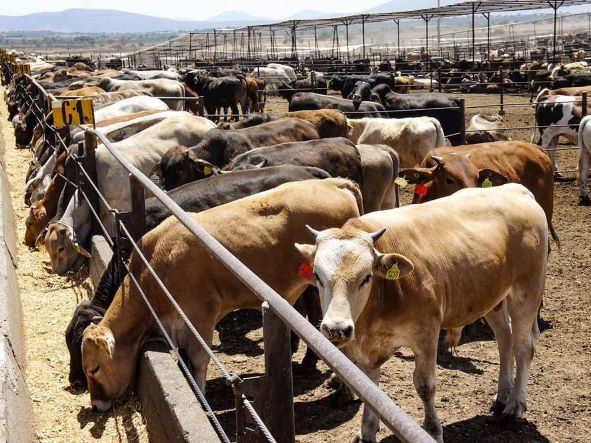We need to be ready for the next wave of animal-borne diseases
Now that the pandemic has passed, scientists can get back to work on their research with a renewed commitment to teamwork, connectivity, and the big picture.

Zoonoses (or diseases transmitted from other animal species to humans) demonstrate the vulnerability in which we find ourselves when a microorganism jumps from one species to ours, and also the need for a new approach to integrally studying health, considering human, animal, and ecosystemic health as three large parts of a system.
This is according to Gerardo Suzán Azpiri, a researcher at the Faculty of Veterinary Medicine and Zootechnics (FMVZ) of the UNAM, who warned that this is the only way to achieve a balance that will help us respect wildlife and prepare us to face future zoonoses with more efficient strategies.
During the Rafael Martín del Campo y Sánchez Virtual Seminar, organized by the Faculty of Sciences (FC), dedicated to the topic "Challenges in wildlife conservation in the wake of the COVID-19 pandemic", Suzán Azpiri said: "More than 60 percent of diseases are emerging zoonotic diseases, and at least 31 percent of emerging diseases are associated with natural species.
It is necessary to resort to emerging disciplines such as conservation biology, which is being developed in response to the crisis facing biological diversity and seeks to maintain biodiversity, the structure, and functioning of ecosystems, and resilience. Or, conservation genetics is a multidisciplinary science in response to the loss of genetic diversity and the reduction of population size; it is defined as the use of genetic theory and its techniques in conservation issues.
Parallel to this, conservation medicine emerged, a science that responds to the environmental crisis and focuses on the intersection of the environment, human and non-human hosts, and pathogens.
The goal of these approaches is to advance the One Health concept, which is collaborative, multisectoral, and transdisciplinary, operating at local, regional, national, and global levels to achieve optimal health and wellness outcomes, recognizing the interconnections between people, animals, plants and their shared environment.
Today there are specific diseases, for example, turtle diseases, associated with global phenomena, and the One Health strategy makes it possible to study the interconnections. In this type of science, he suggested sharing information and databases on public, animal, plant, and cultural health.
Since the middle of the 20th century, we have been living in a geological era caused by humans, called the Anthropocene, which replaces the Holocene, which began after the last glaciation, approximately 11,700 years ago. "In four thousand 600 million years, it is the first time that the Earth has been affected by a single species."
Regarding habitat fragmentation and diseases, 75 percent of deaths attributable to infectious diseases correspond to areas of recent expansion and agricultural intensification in tropical areas of the world, where the risk of emerging diseases is greater, and disease surveillance and access to health care are limited.
Conservation should be a preventive strategy in all aspects. After the pandemic, it is a good time to start working on science based on a collaborative, interconnected, and comprehensive vision. One of the challenges is to learn from evolution and microbiomes, priority hosts, and pathogens, to find new clues. "Microparasites need to be integrated as part of biodiversity, including viruses and prions (proteins that occur naturally in the brains of people and animals)," he suggested.




